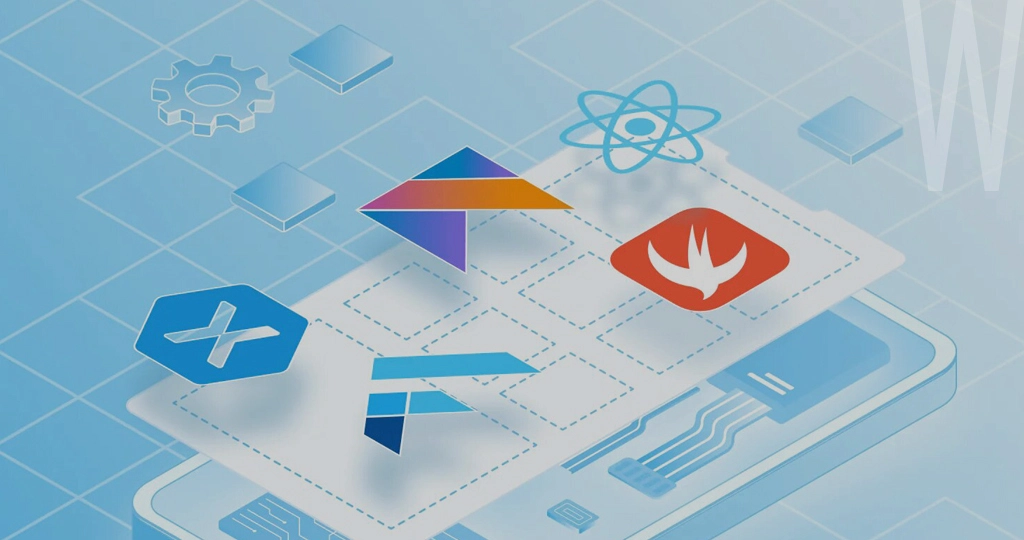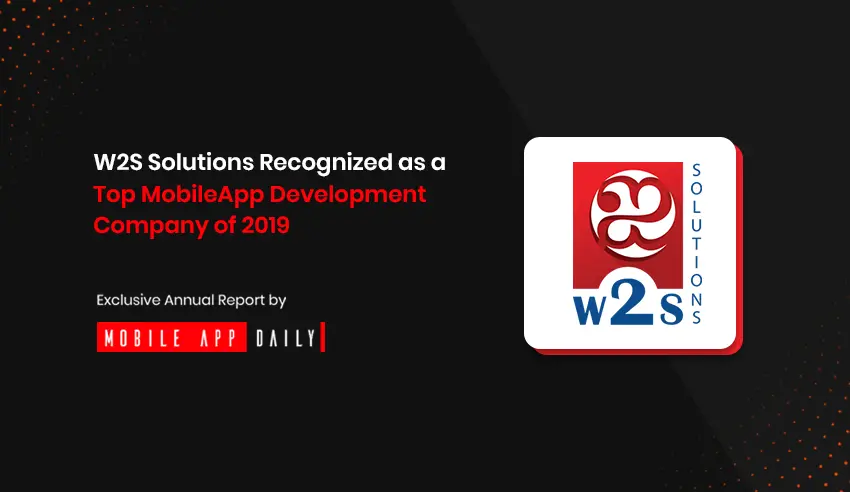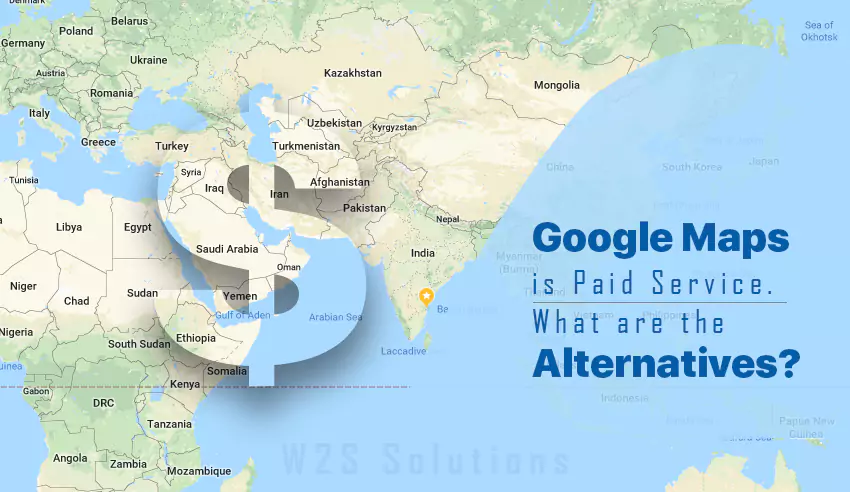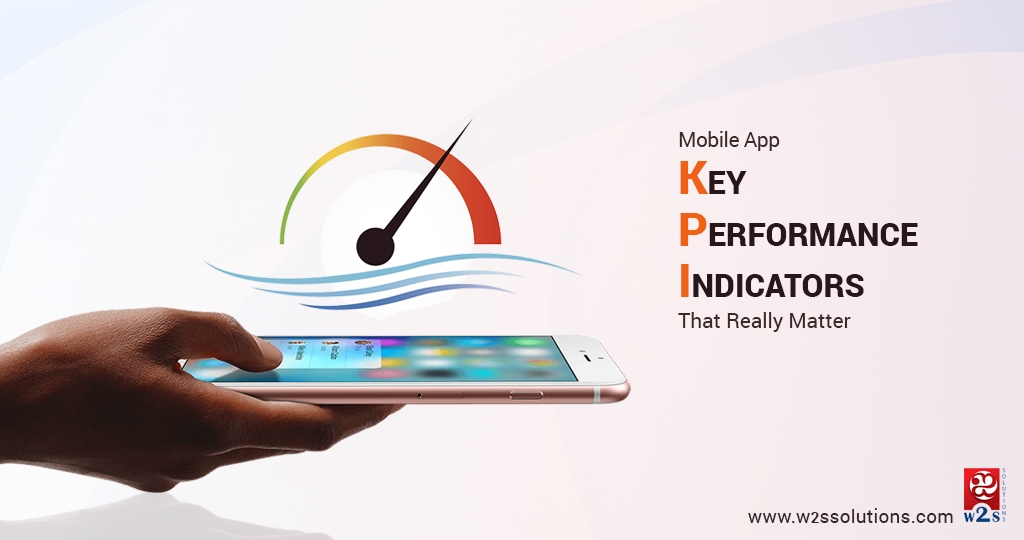TABLE OF CONTENT
Business process management (BPM) is a discipline that helps organizations improve their performance by optimizing their business processes. BPM can be complex, but it doesn’t have to be. In this blog, we will simplify BPM and explain key concepts in a way that is easy to understand.
Whether you are new to BPM or a seasoned practitioner, we hope that this article will help you make sense of BPM and improve your business processes.
What is Business Process Management and Why is it Used?
Business process management (BPM) is a holistic approach to improve the way organizations operate. It involves identifying, modeling, analyzing, measuring, improving, and optimizing business processes to achieve strategic goals. BPM can be applied to any process, regardless of size or complexity, from simple tasks like onboarding a new employee to complex processes like developing a new product.
BPM is used for a variety of reasons, including:
- Improve efficiency and productivity: BPM can help organizations streamline their processes and eliminate problems, which can lead to significant efficiency gains and productivity improvements.
- Reduce costs: By improving efficiency and productivity, BPM can help organizations reduce their operating costs. Additionally, BPM can help organizations identify and eliminate waste and inefficiencies in their processes.
- Improve quality: BPM can help organizations improve the quality of their products and services by ensuring that processes are followed consistently and that errors are minimized.
- Increase agility: BPM can help organizations become more agile and responsive to change by making it easier to identify and implement process changes.
- Improve customer satisfaction: By improving the efficiency, effectiveness, and quality of their processes, organizations can improve the customer experience and increase customer satisfaction.
Here are some specific examples of how BPM can be used:
- A bank can use BPM to improve the loan application process by making it easier for customers to apply for loans and reducing the time it takes to process loan applications.
- A manufacturing company can use BPM to improve the manufacturing process by identifying and eliminating errors and by improving the quality of finished products.
- A healthcare provider can use BPM to improve the patient care process by reducing wait times, improving communication between providers, and reducing the risk of medical errors.
BPM is a continuous process. Once an organization has identified and modeled its business processes, it can begin to analyze and improve them. Organizations should regularly review their processes to identify areas where further improvement is possible.
BPM can be a complex and time-consuming process, but it is an investment that can pay off in the long run. By improving their business processes, organizations can achieve significant benefits, such as increased efficiency, reduced costs, improved quality, increased agility, and improved customer satisfaction.
How do BPM principles and automation work together to improve business processes?
BPM is a holistic approach to improving business processes, while automation is the use of technology to perform tasks that are currently done by humans. When used together, BPM and automation can help organizations to:
- Automate time-consuming tasks: This can free up employees to focus on more strategic and value-added work.
- Improve efficiency: BPM can help organizations to identify the problems in their processes, and automation can help to speed up these tasks.
- Improve visibility and control: BPM can help organizations to map out their processes and identify potential areas for improvement. Automation can help organizations to track and measure the performance of their processes and to identify areas where intervention is needed.
- Increase compliance: BPM can help organizations to ensure that their processes are compliant with regulations. Automation can help to reduce the risk of human error and to ensure that processes are followed consistently.
- Reduce costs: By automating repetitive tasks and eliminating errors, BPM and automation can help organizations to reduce their operating costs.
BPM and automation are complementary disciplines that can work together to help organizations improve their business processes in a number of ways.
Here is an example of how BPM and automation can work together:
A company that sells products online has a manual order fulfillment process. This process is time-consuming and error-prone. The company uses BPM to map out its order fulfillment process and to identify the problems. The company then uses automation to automate the repetitive tasks in the process, such as picking and packing orders. This automation frees up employees to focus on more strategic tasks, such as customer service and inventory management. The company also uses BPM to monitor the performance of its automated order fulfillment process and to identify areas for further improvement.
By using BPM and automation together, the company has been able to significantly improve the efficiency and accuracy of its order fulfillment process. This has led to reduced costs, improved customer satisfaction, and increased sales.
Key Takeaways
BPM is a full-scale approach to optimize business processes for efficiency, cost reduction, quality improvement, agility, and enhanced customer satisfaction.
BPM involves identifying, modeling, analyzing, measuring, and improving processes to achieve strategic goals.
Automation and BPM work together to streamline processes and free up employees for more strategic tasks.
BPM’s versatility makes it applicable across various industries, such as finance, manufacturing, and healthcare, making it a valuable tool for all organizations.
Conclusion
Business Process Management (BPM) plays an important role in enhancing organizational efficiency by offering a holistic approach to improving operations by identifying, modeling, analyzing, and optimizing business processes. We’ve looked into the significant benefits of BPM, from boosting productivity and reducing costs to elevating quality and increasing agility, all while enhancing customer satisfaction. The beauty of BPM lies in its versatility, which makes it applicable to a wide range of industries, including finance, manufacturing, and healthcare.
At W2S Solutions, a leading mobile app development company, we use BPM principles to ensure that our projects are executed with maximum efficiency and quality. Our experienced team utilizes BPM to streamline the app development lifecycle, identifying problems and potential improvements along the way. From conceptualization to delivery, BPM helps us maintain strict adherence to timelines, optimize resource utilization, and ultimately deliver apps that meet the highest standards of quality.
Frequently Asked Questions
Get inspired!
Subscribe to our newsletter and get updates on how to navigate through disruption and make digital work for your business!



































































